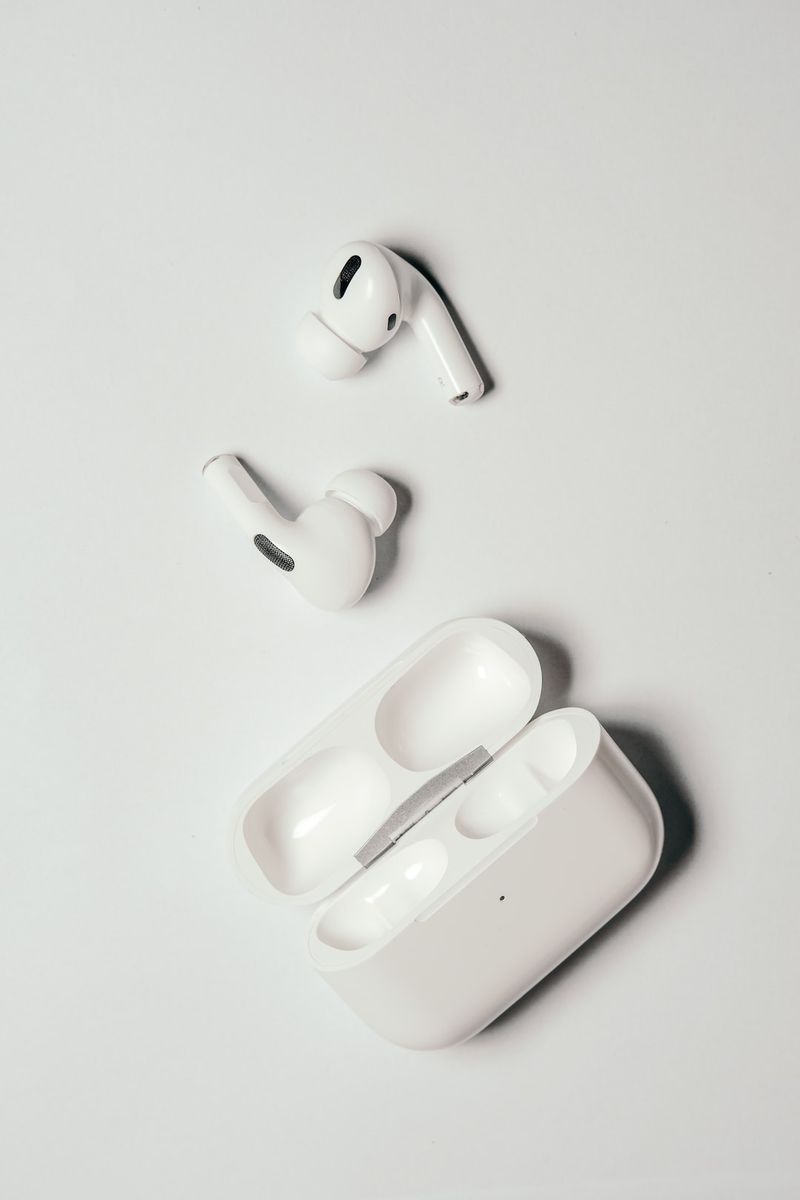French Regulators Order Apple to Stop Selling iPhone 12, Citing High Electromagnetic Radiation Levels
PARIS — French regulators have ordered Apple to halt the sale of the iPhone 12, claiming that the device emits electromagnetic radiation beyond the European Union’s standards for exposure. Apple has disputed these findings, asserting that the iPhone 12 complies with all regulations. The French government agency responsible for managing wireless communications frequencies issued the order after the iPhone 12 failed one of two tests for electromagnetic waves that can be absorbed by the body. It remains unclear why only this specific model failed the test.
Debating the Health Implications of Electromagnetic Radiation
The issue of electromagnetic radiation and its potential impact on human health is a contentious and complex topic. France’s digital minister argues that the iPhone 12’s radiation levels are still significantly lower than what scientific studies consider harmful to users. He also points out that the testing methods employed by the agency do not reflect typical phone usage.
As the National Frequency Agency highlighted, their tests utilized a liquid-filled mold that simulated a human head and body with brain and muscle tissue. While the devices transmit at maximum power during the six-minute test, this does not align with real-world phone usage patterns. During calls, the phone only transmits while the user is speaking, and most calls rarely exceed six minutes. Furthermore, the agency notes that while mobile internet or video use may last longer, the phone typically transmits no more than 10% of the time during these activities.
It is vital to consider all available scientific evidence when discussing the potential health risks of electromagnetic radiation emitted by cellphones. The World Health Organization classified cellphones as “possible” carcinogens, placing them in the same category as coffee, diesel fumes, and the pesticide DDT. However, it’s important to note that the radiation produced by cellphones differs from stronger forms, such as X-rays or ultraviolet light, and cannot directly damage DNA.
Previous Studies and Changing Mobile Phone Habits
Several studies have been conducted to examine the potential dangers of cellphone use, and their findings have been varied. In 2018, two U.S. government studies exposed mice and rats to cellphone radiation, identifying a weak link to certain heart tumors. However, federal regulators and scientists maintain that the current devices are safe for use, arguing that the animals’ findings may not necessarily apply to humans and do not reflect typical cellphone usage patterns.
One significant study conducted in 2010 across 13 countries found little to no risk of brain tumors associated with cellphone use. It’s worth noting that people’s mobile phone habits have evolved significantly since the initial research, making it uncertain whether the results of previous studies still hold true today. Given that many tumors take years to develop, experts highlight the difficulties in definitively concluding that cellphones pose no long-term health risks.
Advice for Concerned Consumers
Given the ongoing debate surrounding the potential health risks of cellphone radiation, concerned consumers may consider precautionary measures. Experts often recommend using earphones or switching to text-based communication to minimize exposure to radiation during phone calls. While scientific consensus on the matter has not been firmly established, individuals who remain concerned about cellphone radiation can adopt these practices to mitigate potential risks.
It is crucial for regulators, such as the National Frequency Agency, to continue monitoring and conducting thorough testing to ensure that electronic devices, including smartphones, are within acceptable radiation limits. The well-being of consumers should always be a top priority, and therefore, it is important for both technology companies and governments to maintain transparency and provide regular updates regarding any advances or changes in the scientific understanding of electromagnetic radiation.

<< photo by insung yoon >>
The image is for illustrative purposes only and does not depict the actual situation.




